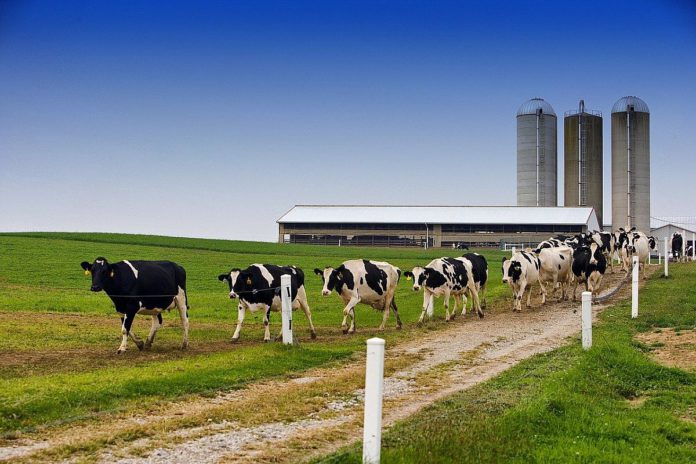As we move towards 2021, dairy farmers begin to turn their attention from drying off cows to calving them, writes Nicholas McKenna, dairy specialist at Teagasc.
An aspect of the calving season that may get overlooked is ensuring that you have enough calf space and accommodation to meet peak demand.
There are several factors which impact on the peak number of calves that will be on a farm which indicates the minimum calf accommodation required also.
6-week calving rate
Using your breeding records and scanning results, you can predict what percentage of your herd will calve in 6 weeks. The target for this is 90% with the average currently in Ireland sitting at 64%.
The higher the percentage calved in 6 weeks means, the higher the peak number of calves that will be on the farm at any one time.
Age at sale of non-replacement calves (beef & dairy bull calves)
Selling calves is the best way to reduce pressure on facilities. The age at which these calves are sold will have the biggest impact on peak calf numbers on farms.
A 100-cow dairy farm reducing the age of sale from 6 weeks to 2 weeks, as shown in table 1 below, could potentially reduce the peak number of calves by >35 which would be a huge pressure reduction on calf accommodation and labour.

Fail to prepare, prepare to fail
Farmers should calculate the area available on the farm currently that can be used for calf accommodation. Calves require a minimum of 1.7m2 of floor space.
To simplify matters, a standard single bay of a shed measuring 4.8m x 5m (24m2) can house 14 calves.
By working out the peak number of calves on a farm, calculating the minimum space required at peak, minus the available calf space shows if a farm has enough accommodation.
Depending on this, farmers may need to either increase accommodation or sell calves at a younger age.
Knowing the number of calves that will be on a farm at peak also allows a farmer to ensure they have enough calf equipment such as drinkers, troughs, calf jackets etc.
Increasing the number of feeders for calves will reduce labour. It will also improve calf health by reducing cross-contamination among calf groups.
Planning ahead and predicting peak calf numbers on your farm is extremely important. It allows you to prepare or make changes in time as when calving begins. Time can be in short supply.





